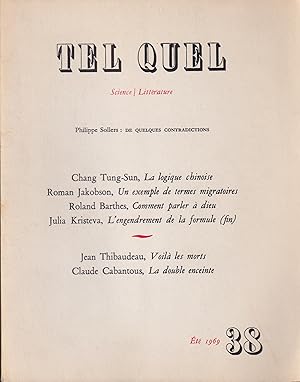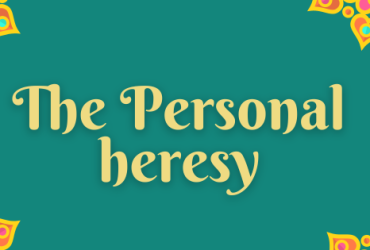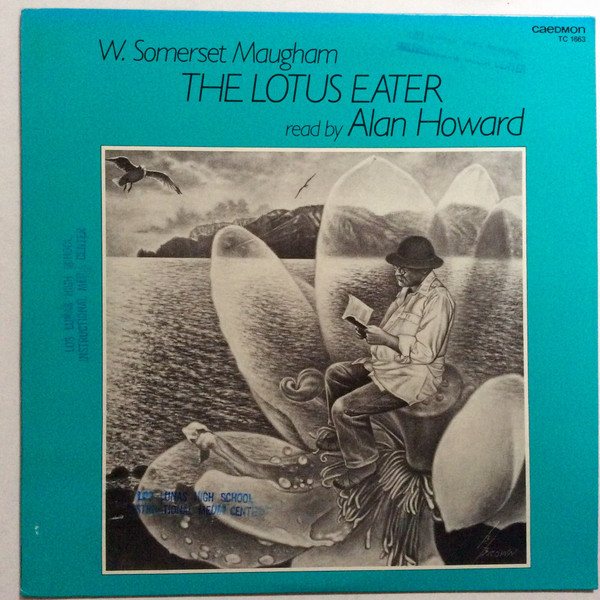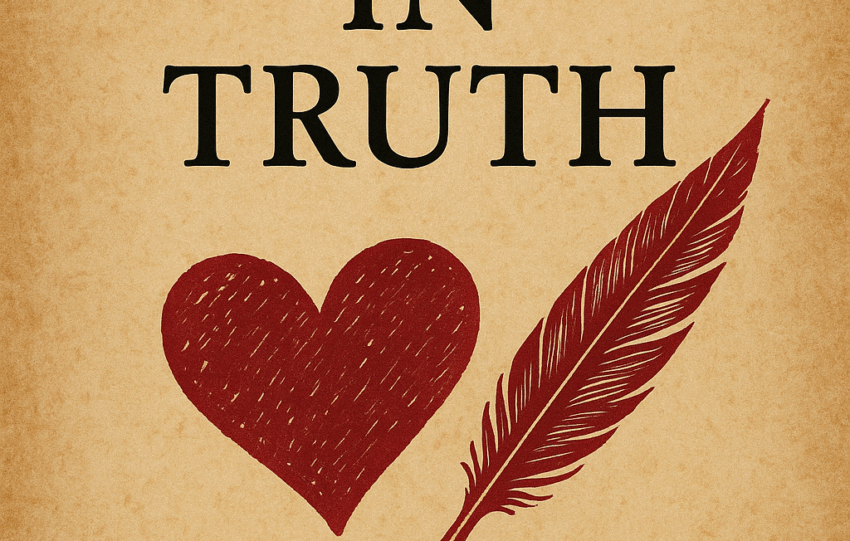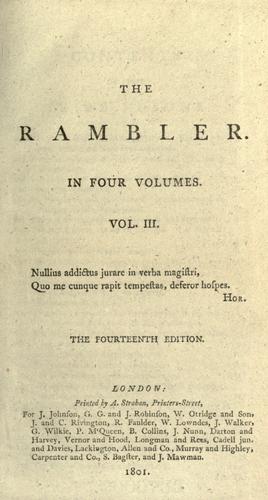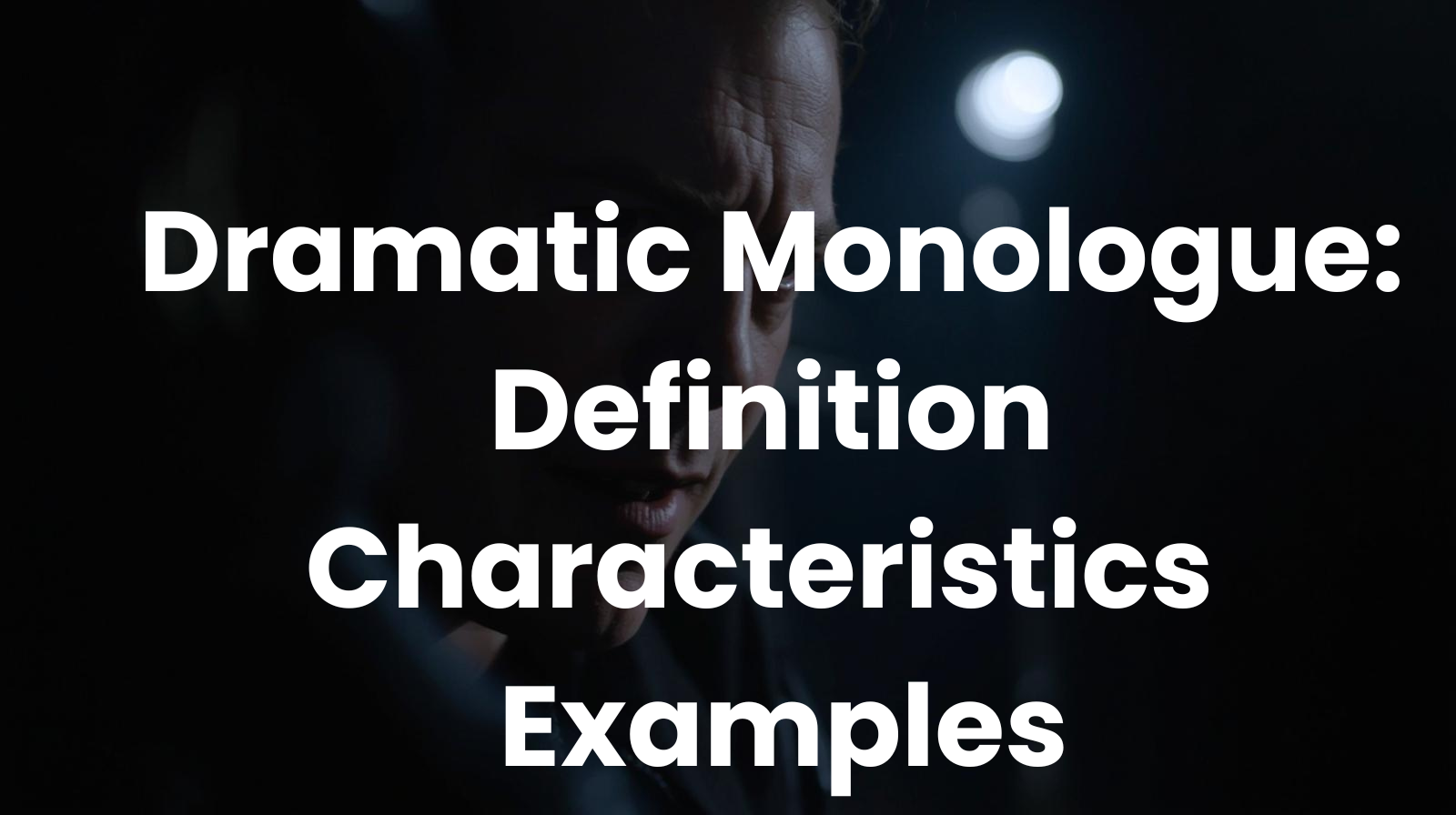
What is Dramatic Monologue: Definition, Characteristics and Examples
The Dramatic Monologue is one of the most fascinating poetic forms in English literature. It is a poem in which a single character, distinct from the poet, speaks to a silent listener in a dramatic situation. It is “dramatic” because it presents conflict, tension, or revelation, and a “monologue” because only one voice speaks throughout. The poet merges their identity with that of the speaker, allowing the character to reveal their inner thoughts, emotions, and flaws. Interestingly, the speaker often ends up disclosing more about themselves than they consciously intend. While several poets have used this form, Robert Browning remains the greatest master of the dramatic monologue.
The form is rich in characteristics that make it unique. A dramatic monologue always features a single speaker and an implied listener, whose silent presence shapes the speaker’s words. The speaker is usually placed in a critical or decisive situation, and often has confession, justification, or moral reflection. The poem begins abruptly, plunging us directly into the scene without preamble, and develops in a free-flowing, conversational tone. What binds the poem together is not a logical sequence of events but an emotional and psychological unity. Through self-reflection and recollection, the speaker unintentionally reveals their character—sometimes exposing arrogance, guilt, passion, or hypocrisy. In this way, the dramatic monologue becomes a subtle study in psychology.
The historical development of the form is equally significant. Early traces can be found in the Romantic poets, particularly Wordsworth and Coleridge, but it was the Victorians who perfected it. Robert Browning used the form to create vivid psychological portraits in poems such as “My Last Duchess”, “Porphyria’s Lover”, and “Andrea del Sarto”. Alfred Tennyson also contributed memorable examples like “Ulysses” and “Tithonus”, which combine heroic reflection with lyrical beauty. Moving into the twentieth century, modernist poets such as T.S. Eliot and Ezra Pound adapted the dramatic monologue to express the fragmentation and alienation of modern life. Eliot’s “The Love Song of J. Alfred Prufrock” is one of the finest examples, capturing the insecurity and paralysis of the modern self. Later poets such as Sylvia Plath (“Lady Lazarus”) and Ted Hughes (“Hawk Roosting”) reimagined the form to explore confessional and symbolic voices.
Some of the most famous examples of dramatic monologues include Browning’s “My Last Duchess”, where a proud Duke reveals his arrogance and jealousy while pretending to display a portrait of his late wife, and “Porphyria’s Lover”, where passion turns into obsession and violence. Tennyson’s “Ulysses” portrays the restlessness of the aging hero who yearns for new adventures, while Eliot’s Prufrock dramatizes the insecurities of a hesitant modern man. In the twentieth century, Plath’s “Lady Lazarus” utilized the form to convey trauma and survival, while Hughes’s “Hawk Roosting” embodied the raw, instinctive voice of power and dominance. Each of these poems demonstrates how the form can bring to life not only individual characters but also broader human experiences and states of mind.
The importance of the dramatic monologue lies in its ability to blend lyrical intensity with dramatic characterization. It is both poetry and drama, both confession and performance. By allowing the poet to step into another’s mind, it becomes a mirror of psychology, morality, and human experience. As Cazamian aptly called them, dramatic monologues are “soul reflectors,” giving us rare glimpses into the inner workings of human nature. From the Victorians to the modernists and beyond, the form has remained a powerful poetic device—one that continues to fascinate readers with its unique combination of intimacy, drama, and self-revelation.
Also read: What is Caesura; Definition and Example

